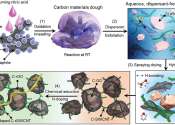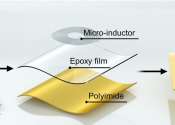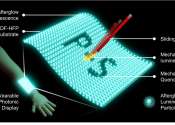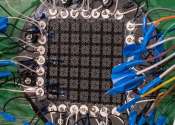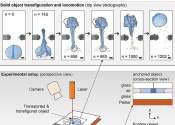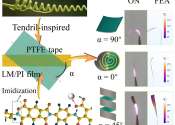Advanced Functional Materials
Advanced Functional Materials is a bimonthly peer-reviewed scientific journal, established in February 2001, is published by Wiley-VCH. However, it has been published under other titles since 1985.
Coverage of this journal encompasses all topics pertaining to materials science. Topical coverage includes photovoltaics, organic electronics, carbon materials, nanotechnology, liquid crystals, magnetic materials, surfaces and interfaces, and biomaterials. Topics in physics and chemistry. Publishing formats include original research papers, feature articles and highlights.
It was established in 2001 by Peter Gregory, the Editor of Advanced Materials, when the Wiley journal Advanced Materials for Optics and Electronics was discontinued.
Advanced Functional Materials is the sister journal to Advanced Materials and publishes full papers and feature articles on the development and applications of functional materials, including topics in chemistry, physics, nanotechnology, ceramics, metallurgy, and biomaterials. Frequent topics covered by the journal also include liquid crystals, semiconductors, superconductors, optics, lasers, sensors, porous materials, light-emitting materials, magnetic
- Publisher
- John Wiley & Sons Wiley-VCH
- Country
- Germany
- History
- 1985–present
- Website
- http://onlinelibrary.wiley.com/journal/10.1002/(ISSN)1616-3028
- Impact factor
- 8.486 (2010)
Some content from Wikipedia,
licensed under CC BY-SA
